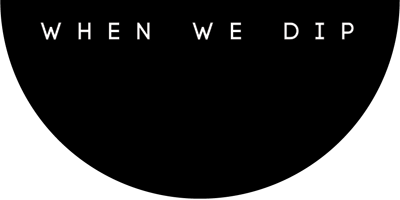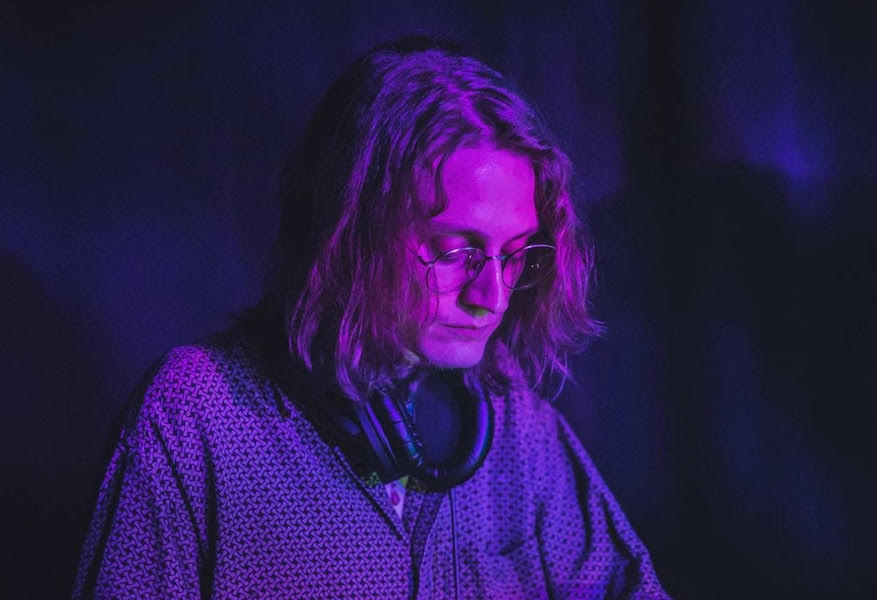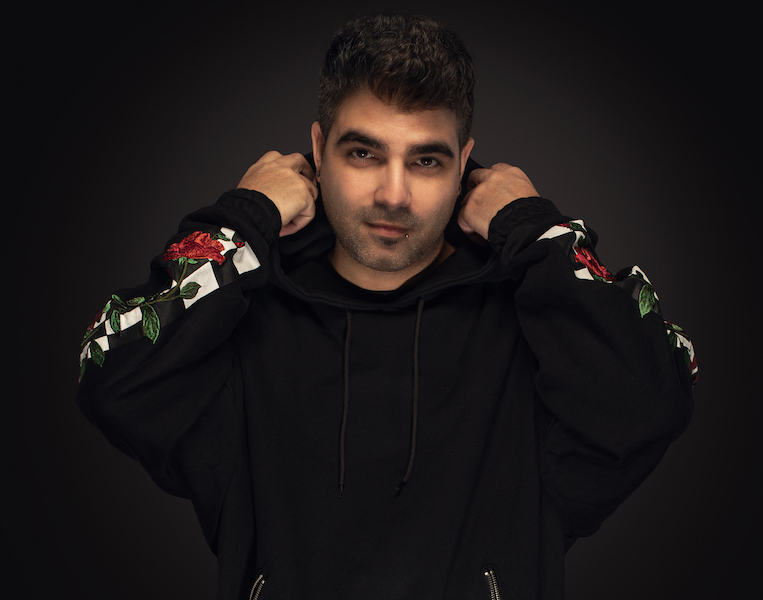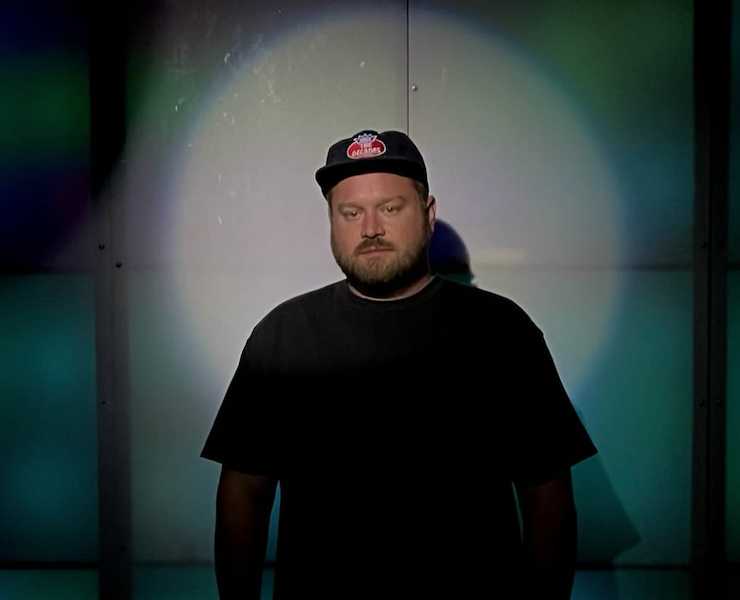Previously appearing on Hot Creations, DIRTYBIRD, Turbo, and beyond, the Southern Californian live act SHADED has been steadily rising through the ranks of modern dance music, earning fans in BBC Radio 1 mainstay Pete Tong, Patrick Topping, and many more. Now SHADED debuts on Trick label with ‘Midnight Minds’, backed with a remix from Jamie Jones. Delivering two banging tracks for Patrick Topping’s imprint, the release is completed with a remix from Hot Creations honcho Jamie Jones, who continues his stellar form of unstoppable and undeniably dancefloor rocking remixes and releases.
To celebrate the release, SHADED gave us the recording of his set at Brooklyn Mirage for our Select Cuts series. The musician also tells us his Top 5 studio tips for all the producers out there. Enjoy!
1. First and foremost I think the key to any artist’s long-term success is identity. Identity to me is the most important thing in life and should be the most important thing in music. When a listener can hear a song and instantly know who wrote it, that is the top of the crop to me. For me, this has always been my goal, and always will be my number one goal. To achieve this unfortunately takes lots of time. It is a labor of love and continued dedication to your craft. Don’t look at the charts, do not see what the hype is right now, just write the music that resonates with you and that sound will eventually come.
2. A really good flat and honest set of headphones. Studio monitors are great and all, but to get a really precise set costs a lot of money, as well as an environment that is properly treated. I work on a pretty decent set of monitors mainly for stereo spatial awareness and to avoid ear fatigue. But when it comes to mixing down levels I do most of that in my headphones, then rotate back and forth to my monitors to make sure my stereo and mono tracks are hitting the right zones.
3. Use the least amount of instruments to achieve the best results. The best loops to me in most music tend to be the most simple. A goal of mine is to write every track I make in the creative process with ten channels or less. This seems to be the sweet spot for me. The less room to add new stuff makes you become much more creative with the limited space you have. Once I have those core ten tracks, I will then allow myself to start layering, panning, and delaying those tracks into sub-tracks to expand the mix. But I try to always keep the core of any tune under ten stems.
4. Using mono channels on kicks and bass for club bangers helps a lot in the low end. I think an issue a lot of beginners run into is getting carried away with making wide and super dynamic mixes. Having dynamics is essential, and in most genres of music it is a given, but in electronic, it can be a double edge sword. I have played more clubs and venues than you could imagine that are tuned in mono, or at least the low ends, which I really can not stand, but it’s unavoidable. To combat this I have found it is important to keep your “core or spine” of a track fairly down the middle. For me, this comprises mainly of the kick, bass, snare, vocals, and main hook. Kick and Bass I will run in mono, and the snare, vox, and hook I will keep in stereo but keep it pretty fair down the centre for maximum effect. Then with the pads, percs, stabs, fx, and vocal layers I will usually run these wider and in stereo to add more width to the mix.
5. Production is essentially reduction. I feel this is the most important thing besides identity. Mixing down a record to me is the most important part once a track is creatively done. And for me mixing down has always been about taking stuff away rather than adding. The creative process is usually a process of layering lots of frequencies on top of each other. Sometimes it will sound perfect, but when it doesn’t it is most likely due to log jams at specific frequencies. So when I mix down I find myself more often than not taking down the volume, EQ’ing out frequencies, and sometimes even deleting layers of excessive pans. And almost 100% of the time the record will sound cleaner and bigger with less happening. When a record seems to be missing something, sometimes it’s the opposite – there is too much going on.






